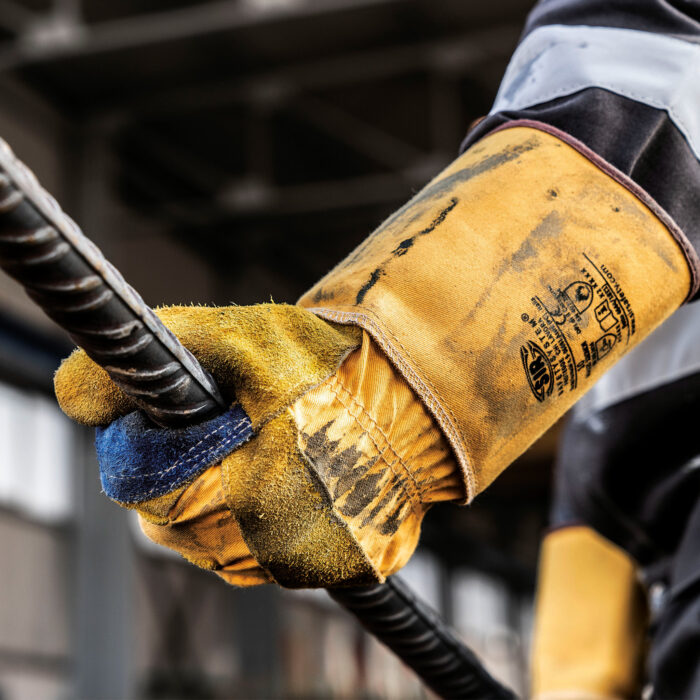Workers employed in and around traffic and moving equipment are exposed to extra dangers every day and need an extra layer of protection. High-visibility safety apparel (HVSA) can help prevent deaths while employees are at work.
What is the Standard?
The American National Standard for High-Visibility Safety Apparel and Accessories (ANSI/ISEA 107-2015) is a standard established by American National Standards Institute, Inc. Construction, maintenance, utility, emergency responders, airport ramp personnel and many categories of off-road workers are routinely exposed to potential injury hazards from their low visibility while on the job. This standard provides guidelines for the selection and use of high-visibility safety apparel such as shirts, rainwear, outerwear, safety vests, headwear, and other high-visibility accessories to improve worker visibility during the day, in low-light conditions, and at night.
Why is it important?
The need to be seen is recognized as a critical issue for worker safety. Low visibility is a serious hazard for all workers who must perform tasks near moving vehicles or equipment. Workers must be visible to vehicle operators in all lighting conditions and against complex environmental backgrounds. The sooner a vehicle operator sees a pedestrian worker, the longer the operator has to avoid an incident. High visibility safety apparel and accessories dramatically enhance worker visibility.
What Garments Meet the Standard
High-visibility safety apparel (HVSA) must be in accordance with the ANSI/ISEA 107-2015 standard in 4 areas:
- Design: Garment design includes new Performance Classes that provide specific guidelines related to usage. Also provides that no less than 40% of the required amount of background and reflective material is present on both the front and back of the garment when laid flat.
- Background materials: Colored fluorescent material intended to be highly conspicuous. There are three color options:
Material must meet strict requirements for luminescence, light exposure, washing, and tear resistance.
New Performance Standards
The standard presents three performance classes of garments based on the amount of visible materials and design attributes incorporated into the final configuration, and identifies garment types based on expected use settings and work activities being performed. These are designated as:




